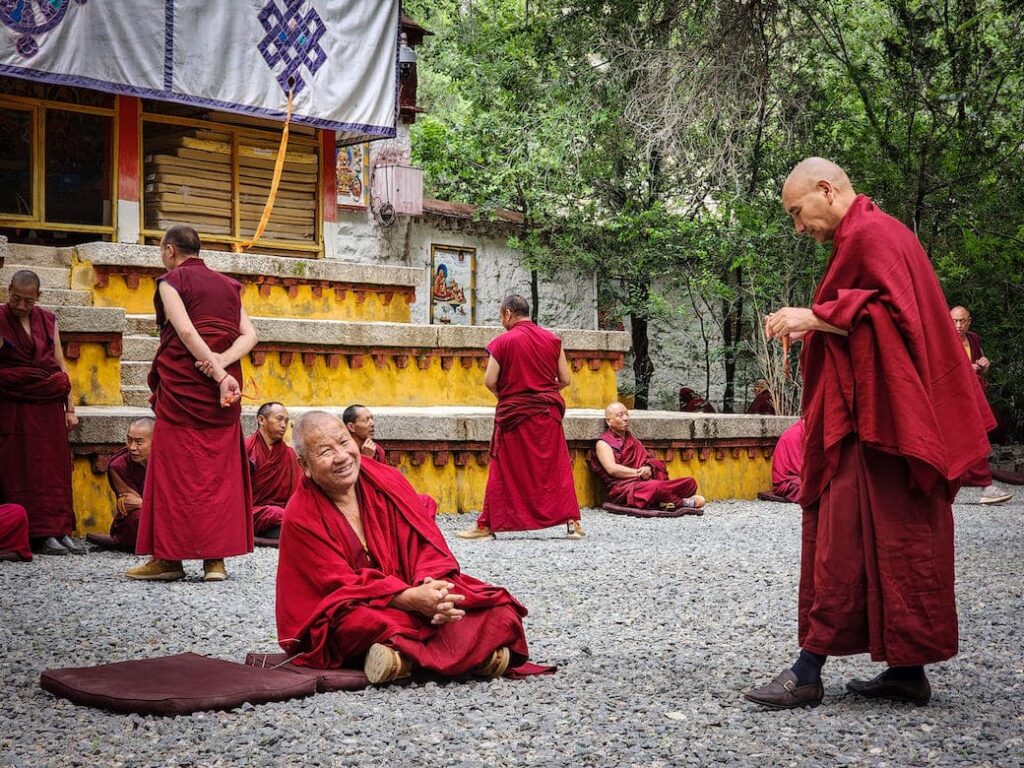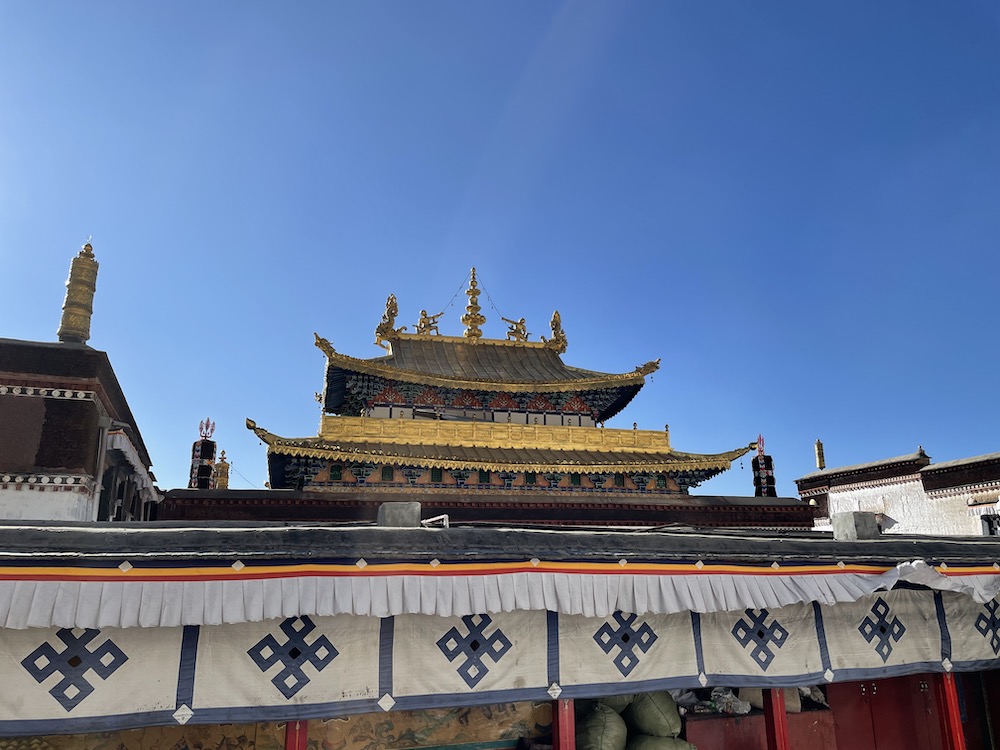Tibetan monasteries stand as sanctuaries of spiritual wisdom, ancient traditions, and profound tranquility. For centuries, these sacred sites have served as centers of learning, meditation, and devotion, attracting pilgrims and seekers from all corners of the globe. Join us on a journey of discovery as we explore the timeless beauty and spiritual significance of visiting Tibetan monasteries in Tibet.

1. Lhasa: The Gateway to Spiritual Enlightenment
The journey begins in Lhasa, the capital city and spiritual heart of Tibet, where travelers are greeted by a kaleidoscope of colors, sounds, and scents that captivate the senses. Here, amidst the bustling streets and labyrinthine alleyways, lie some of the most iconic monasteries in Tibet, including the illustrious Potala Palace, the revered Jokhang Temple, and the ancient Sera Monastery. Each of these sacred sites offers a glimpse into the rich cultural heritage and spiritual traditions of Tibet, inviting visitors to embark on a journey of inner exploration and enlightenment.
2. Potala Palace: A Symbol of Tibetan Majesty
Perched atop a hill overlooking Lhasa, the Potala Palace stands as a testament to the grandeur and majesty of Tibetan architecture and culture. Built-in the 17th century as the winter residence of the Dalai Lama, this sprawling palace complex comprises over 1,000 rooms, countless chapels, and ornate prayer halls adorned with exquisite artwork and sacred relics. Visitors to the Potala Palace are transported back in time to an era of spiritual splendor and royal magnificence, as they wander through its labyrinthine corridors and marvel at its towering golden stupas and gilded rooftops.

3. Jokhang Temple: The Spiritual Heartbeat of Lhasa
Located in the heart of Lhasa’s old town, the Jokhang Temple stands as a beacon of Tibetan Buddhism and a testament to the enduring spiritual devotion of the Tibetan people. Built in the 7th century by King Songtsen Gampo, this sacred temple holds a revered place in Tibetan culture and serves as a focal point for pilgrims and visitors seeking spiritual solace and enlightenment. Within its hallowed halls, visitors encounter the Jowo Rinpoche statue, a revered image of the Buddha Shakyamuni believed to have been blessed by the Buddha himself, as well as countless chapels, prayer halls, and shrines adorned with intricate artwork and sacred relics.

4. Sera Monastery: Echoes of Philosophical Debate
Nestled at the foothills of the Tatipu Mountains just a few kilometers north of Lhasa, Sera Monastery stands as a testament to Tibet’s rich monastic tradition and intellectual heritage. Founded in 1419 by Jamchen Chojey, a disciple of Tsongkhapa, the monastery has served as a center for the study of Tibetan Buddhism and a hub for philosophical debate for centuries. Visitors to Sera Monastery can witness monks engaged in lively debates on Buddhist scripture and doctrine, as well as explore its sprawling complex of chapels, assembly halls, and living quarters, each adorned with exquisite artwork and sacred relics.

5. Tashilhunpo Monastery: Seat of the Panchen Lama
Located in the historic town of Shigatse, Tashilhunpo Monastery is one of the largest and most important monasteries in Tibet, serving as the traditional seat of the Panchen Lama, the second-highest spiritual leader in Tibetan Buddhism. Founded in 1447 by the first Dalai Lama, Gendun Drup, the monastery is renowned for its towering golden statue of the Future Buddha, Maitreya, which stands over 26 meters tall and is adorned with precious jewels and ornaments. Visitors to Tashilhunpo Monastery can explore its ornate chapels, magnificent stupas, and serene courtyards, gaining insight into the spiritual legacy and cultural heritage of Tibet.

Conclusion
Visiting Tibetan monasteries in Tibet is not just a journey of sightseeing; it is a pilgrimage of the soul, a quest for spiritual enlightenment and inner transformation amidst the timeless beauty and sacred energy of the Himalayas. As travelers explore these sacred sites, they are invited to open their hearts and minds to the wisdom and compassion of Tibetan Buddhism, finding solace, inspiration, and a renewed sense of purpose in the sacred teachings and traditions of the Tibetan people. In the hushed halls of monasteries and the flickering light of butter lamps, the journey of a lifetime unfolds, leading travelers on a path of self-discovery and awakening in the land of snows.
